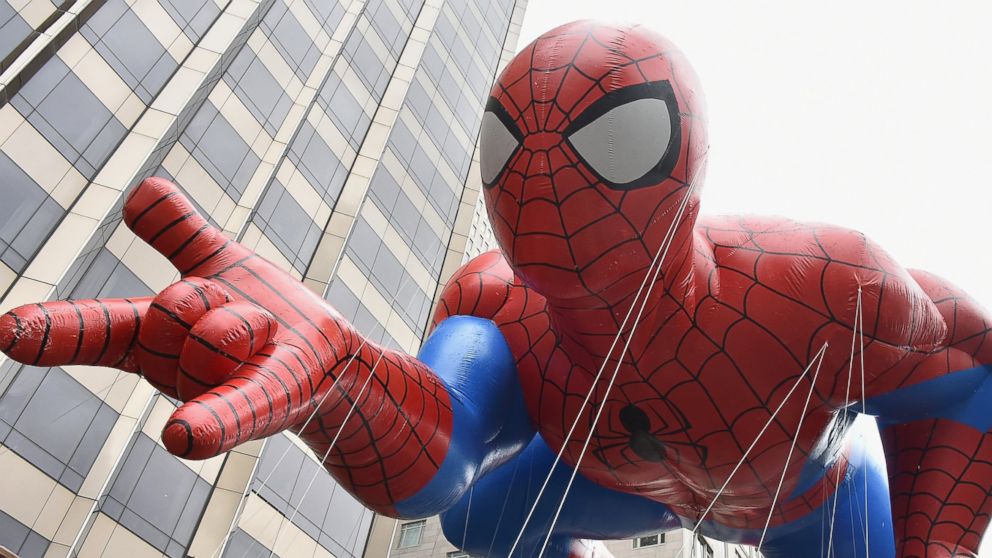Scientists Explain What Spider-Man Would Need to Climb Walls in Real Life
He makes it look easy but in real life, but it defies the physics of stickiness.

— -- Spider-Man makes climbing walls look easy, but in real life, the physics required for the superhero to pull off such agile moves would be extraordinary, new research shows.
Scientists at the University of Cambridge determined that as climbing animals get larger and heavier, the surface amount of "sticky" pads needed on their body increases at an exponential rate.
In the case of Spider-Man, that would mean he'd need sticky pads covering 40 percent of his body to climb walls with sticking power.
Here's why it would never work out for Spider-Man: As animals get bigger, their body surface area per volume decreases. David Labonte, a researcher at the University of Cambridge’s Department of Zoology, made the comparison between an ant and an elephant. The ant has plenty of surface area with a low volume, while an elephant has a large volume for relatively little surface area.
"This poses a problem for larger climbing animals because, when they are bigger and heavier, they need more sticking power, but they have comparatively less body surface available for sticky footpads," Labonte said in a statement. "This implies that there is a maximum size for animals climbing with sticky footpads -- and that turns out to be about the size of a gecko."
The researchers compared weight and footpads of 225 climbing animals, including insects, frogs, spiders, lizards and mammals. The study spanned seven orders of magnitude -- with the comparison being the same weight difference between a cockroach and Big Ben before sharing their results in the Proceedings of the National Academy of Sciences.
Researchers said the close study of animals with sticky footpads may help scientists in the future to developer stronger adhesives that are more effective over larger areas.




